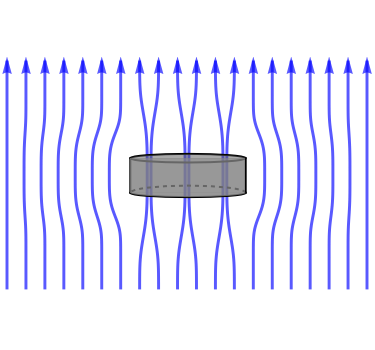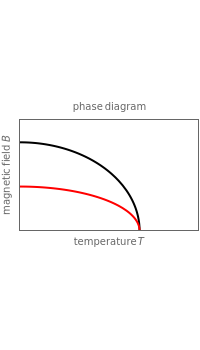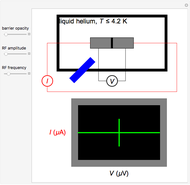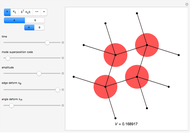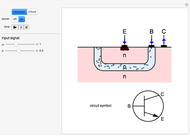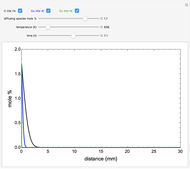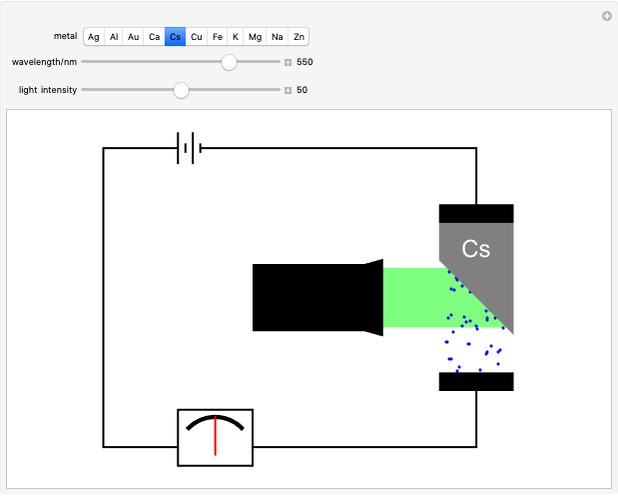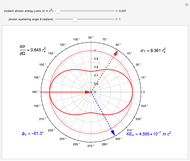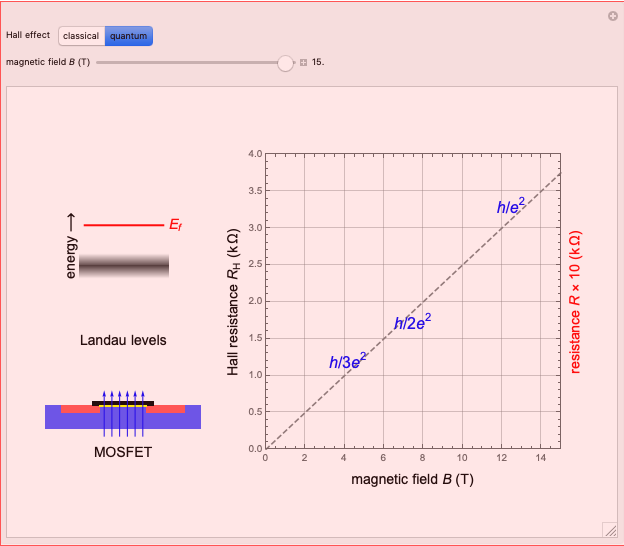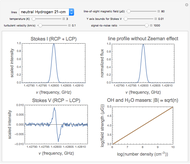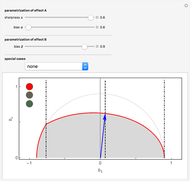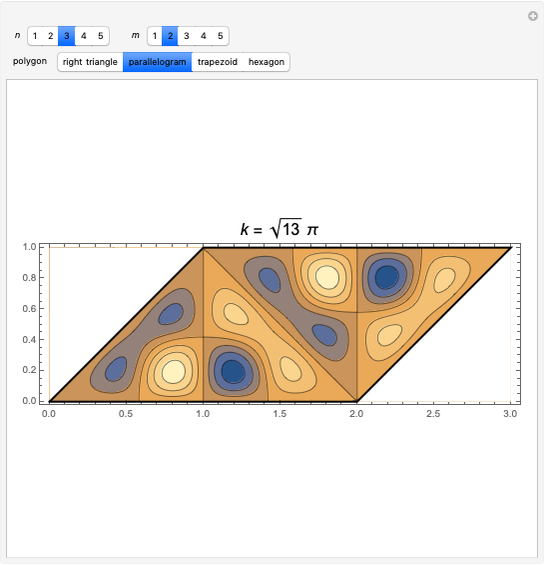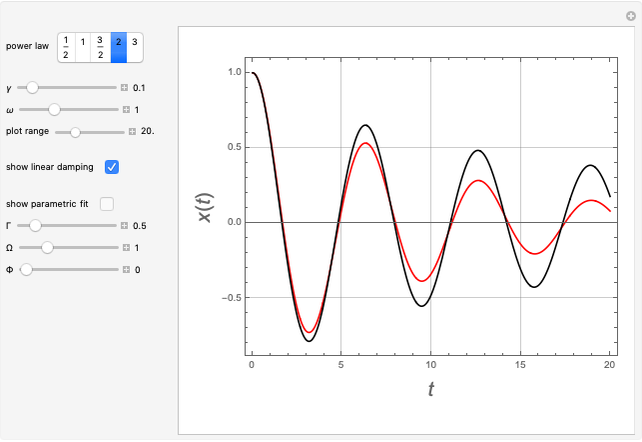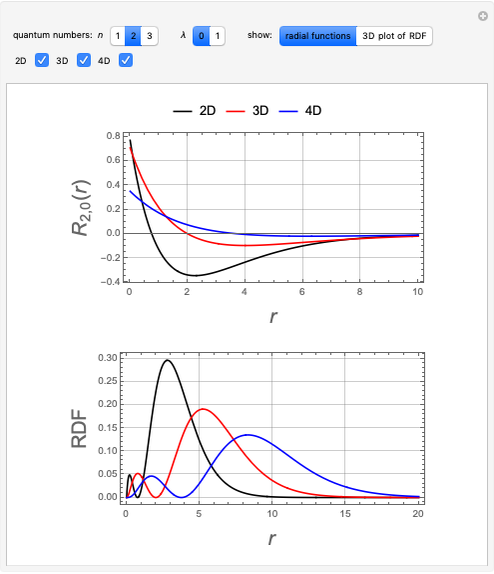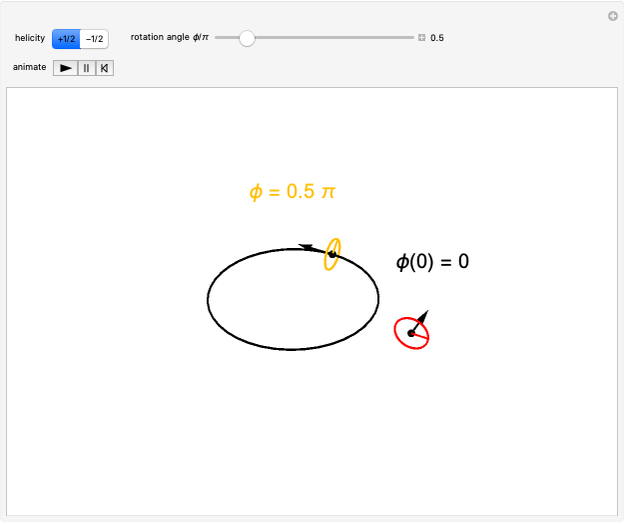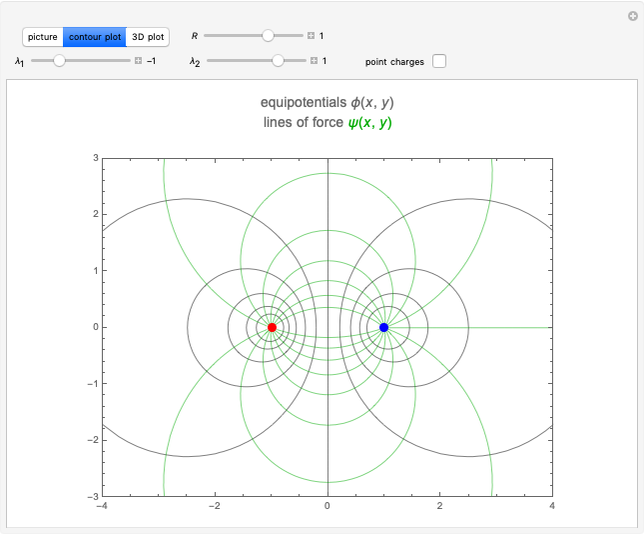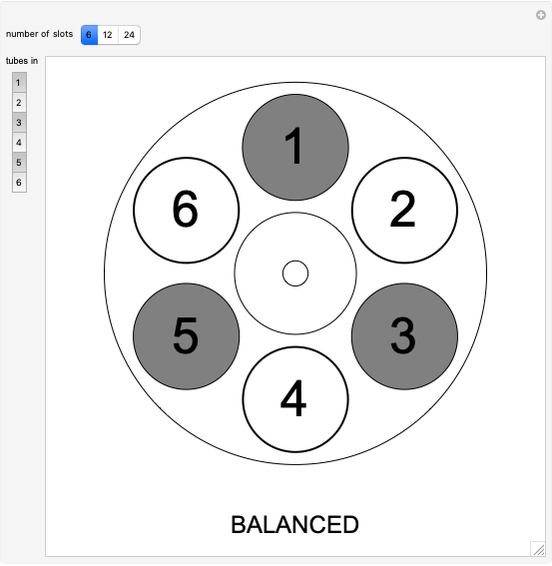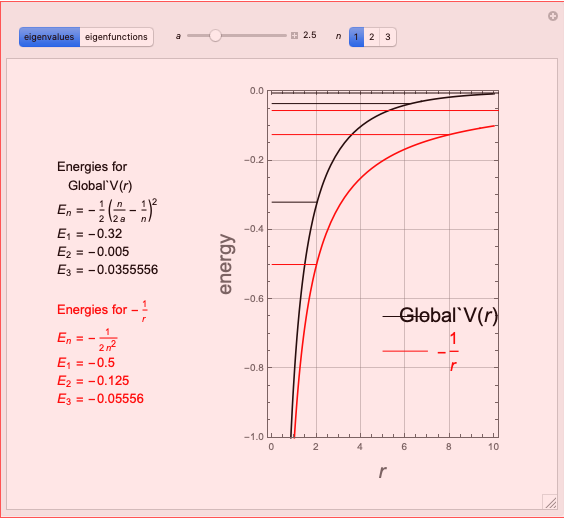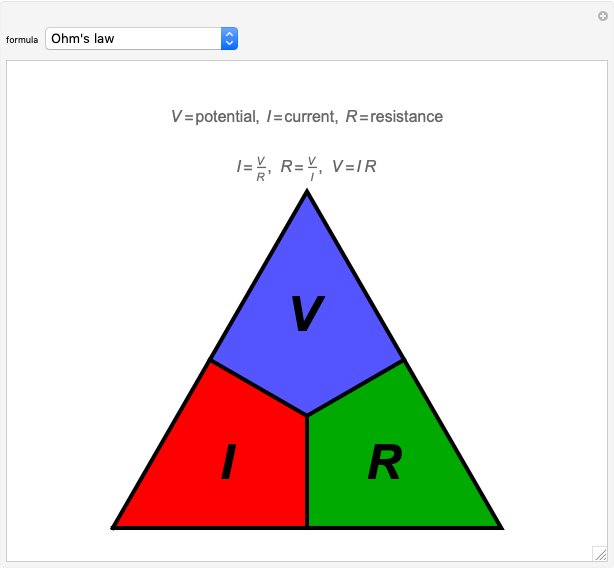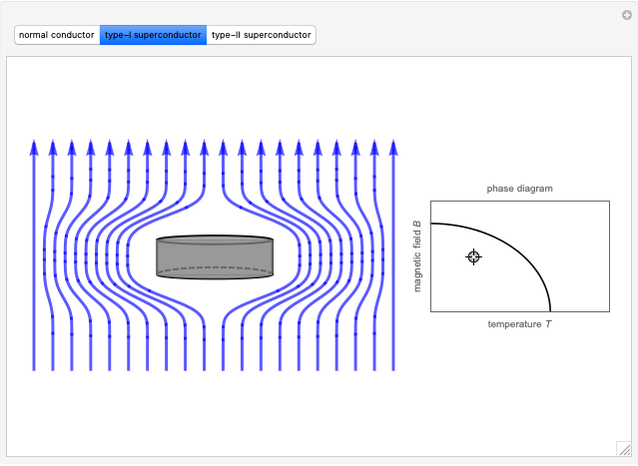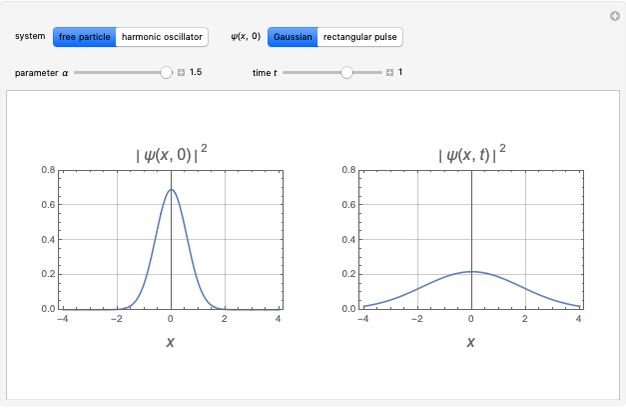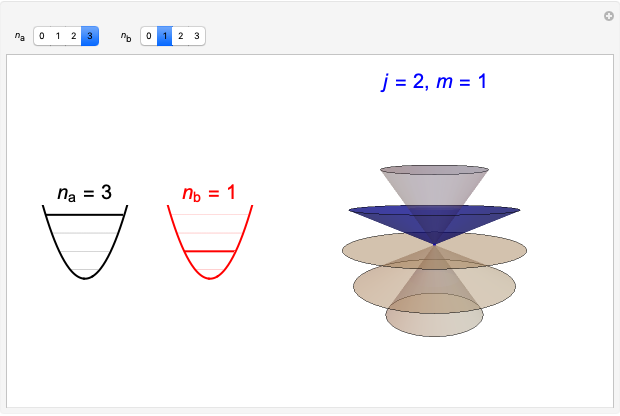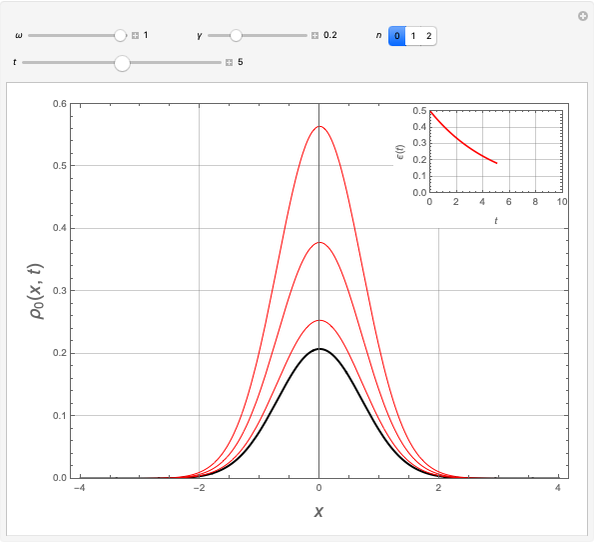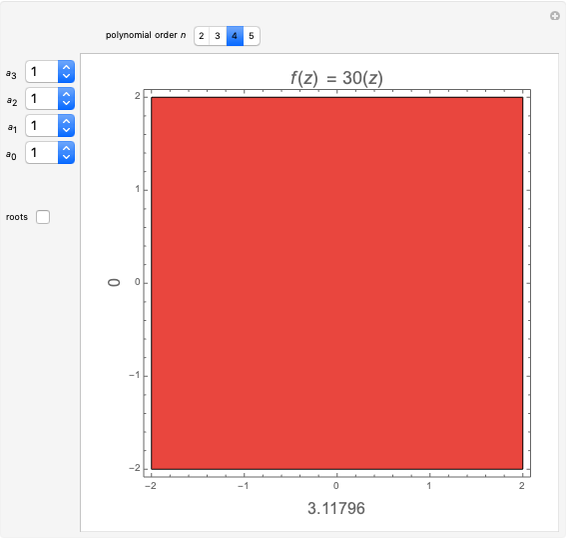Meissner Effect in Superconductors

Requires a Wolfram Notebook System
Interact on desktop, mobile and cloud with the free Wolfram Player or other Wolfram Language products.
The Meissner effect is the expulsion of magnetic flux from a superconductor when its state is below the threshold curve of the magnetic field-temperature phase diagram. The material thereby exhibits perfect diamagnetism. Superconductivity is destroyed when either the applied field or the temperature is increased to take it out of this region. The threshold curve is shown in black for type-I superconductors. The intercepts are designated  and
and  . For type-II superconductors, complete expulsion of magnetic flux occurs below the red curve, with intercept designated
. For type-II superconductors, complete expulsion of magnetic flux occurs below the red curve, with intercept designated  . The upper intercept is then designated
. The upper intercept is then designated  . In the intermediate region between the two curves, known as a mixed state, the magnetic field can still penetrate the superconductor in a series of flux tubes, in which the conducting electrons form quantized vortices.
. In the intermediate region between the two curves, known as a mixed state, the magnetic field can still penetrate the superconductor in a series of flux tubes, in which the conducting electrons form quantized vortices.
Contributed by: S. M. Blinder (May 2020)
Open content licensed under CC BY-NC-SA
Snapshots
Details
Some examples of superconductors:
Type I: lead with  K,
K,  T; mercury with
T; mercury with  K,
K,  T; aluminum with
T; aluminum with  K,
K,  T.
T.
Type II: usually alloys or transition metals, also high-temperature superconductors. Example: niobium-tin with  K,
K,  T,
T,  T.
T.
The flux tubes in type-II superconductors exhibit flux quantization. The magnetic flux  through each vortex is quantized in integral multiples of
through each vortex is quantized in integral multiples of 

References
[1] Wikipedia. "Meissner Effect." (Apr 22, 2020) en.wikipedia.org/wiki/Meissner_effect.
[2] Wikipedia. "Superconductivity." (Apr 22, 2020) en.wikipedia.org/wiki/Superconductivity.
[3] Wikipedia. "Type-II Superconductor." (Apr 22, 2020) en.wikipedia.org/wiki/Type-II_superconductor.
[4] C. Kittel, Chapter 12, Introduction to Solid State Physics, 6th ed., New York: Wiley, 1986.
Permanent Citation
